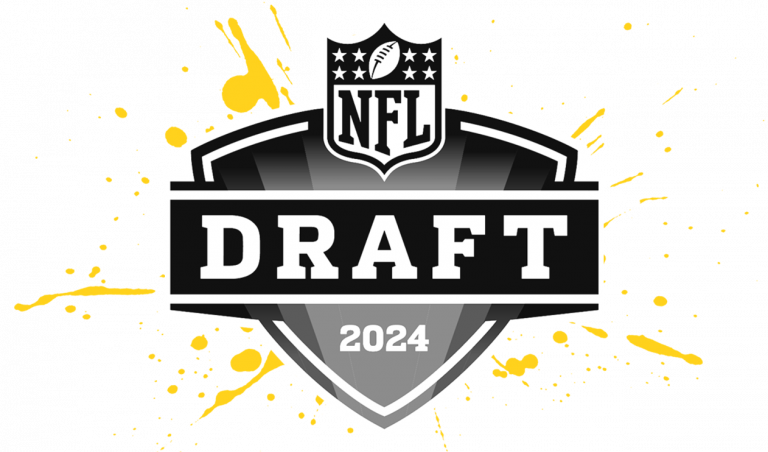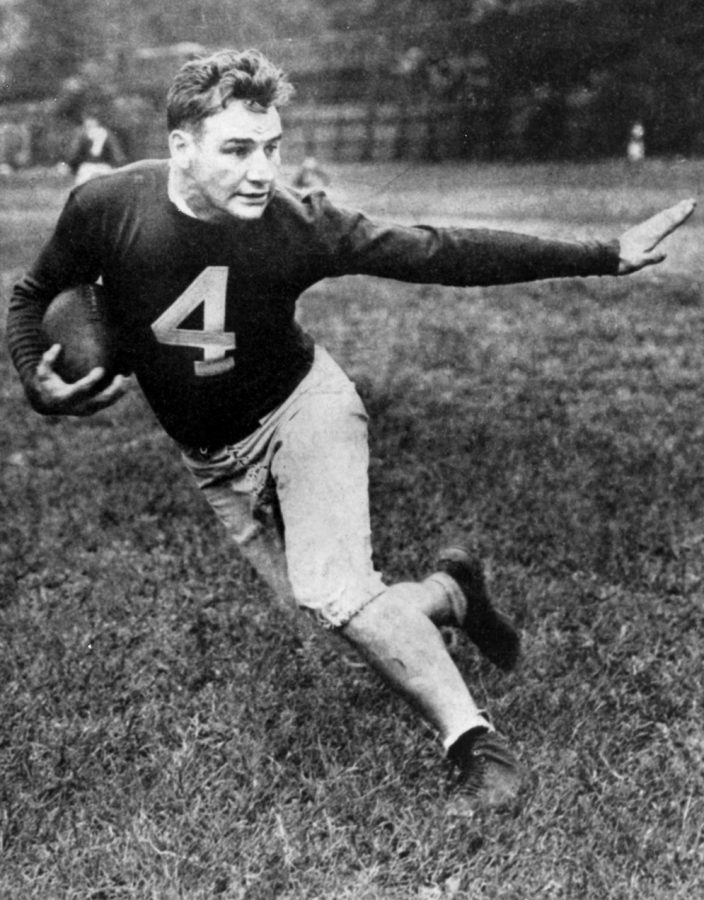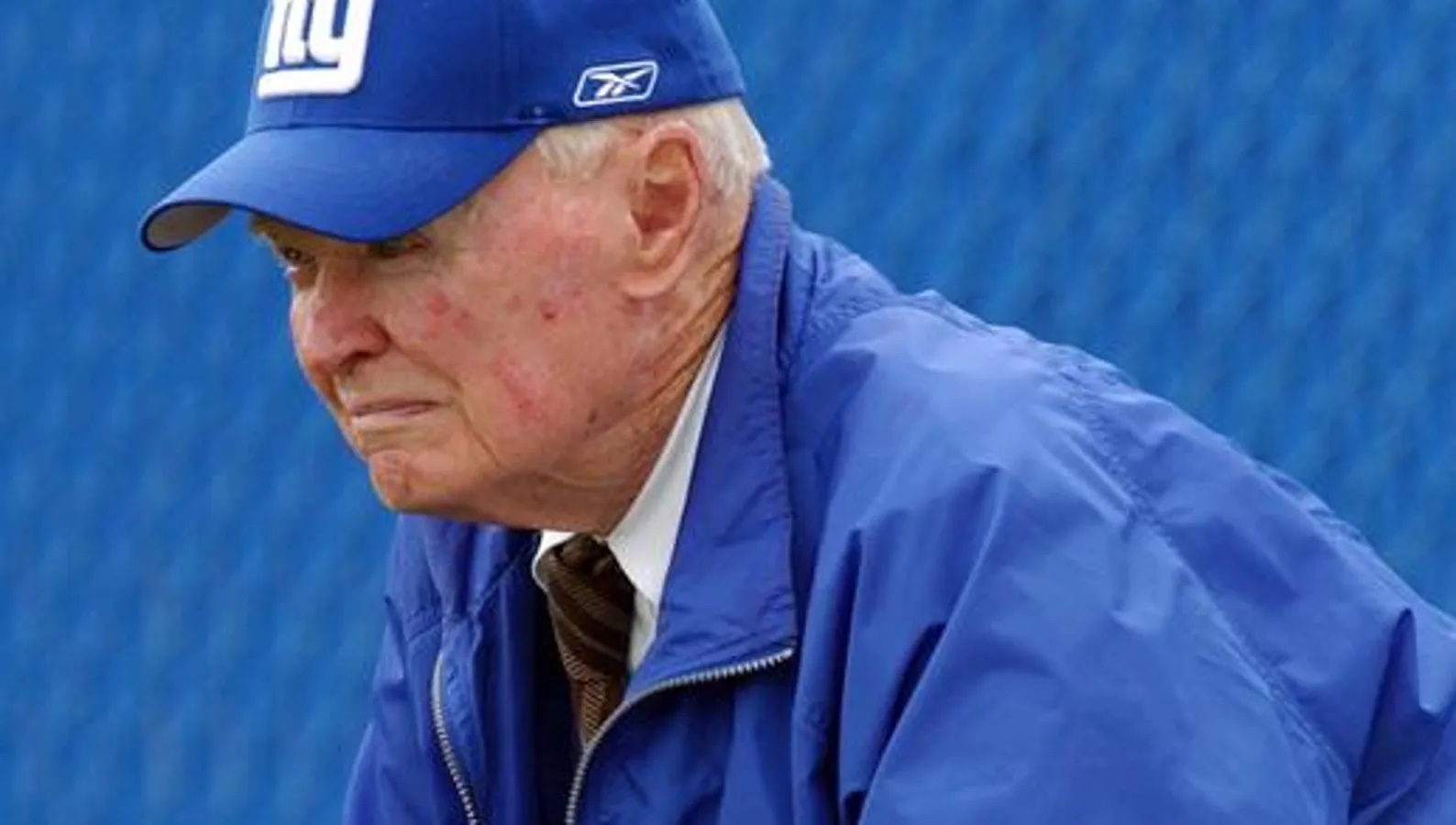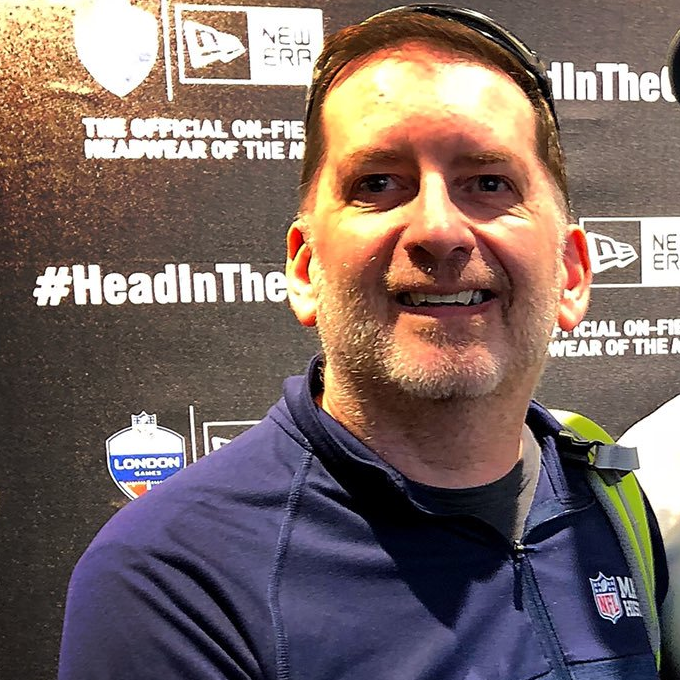NFL DRAFT History Class: The Scouts PT.1
By George Somerville
Around this time of year I turn my attention to the NFL Draft. But unlike the vast majority of interested parties, I’m not looking forward – I’m looking back. Why? Because NFL Draft history is not only fascinating, it could also be a guide to what happens in the future!
Which means here we are with another series of History class. So, if y’all are ready, class is in session!

As we inch ever closer to the Detroit draft party I am sure that you have all become immersed in what has now become a tidal wave in your inbox of draft content and your favourites, the Mock draft!
Previous draft history classes have featured legendary characters associated with the draft, such as Mel Kiper Jr. But truth be told, Kiper, Jeremiah, and all of the other draft analysts who script the mocks rely a lot, if not entirely, on the information they receive from Draft Scouts.
But have you wondered how and where scouting began? Well, let me help because that was the question I asked myself – how on earth did this huge scouting machine originate?
And that, my friends, was the start of another interesting stop on the journey of the Draft Train……
In the beginning
I will refrain from starting this series of Draft History classes with a pop quiz, but I hope you have been paying attention over the previous series. If you have been paying attention (yes, you at the back of the class!), you will know that the draft originated in 1935 when the Philadelphia Eagles proposed a fairer way of allocating players to the league teams. This proposal resulted from significant financial disparity between newer teams to the league and those more established teams with winning records which could easily attract new players by paying more. Even in 1935, money talked!
Eagles co-owner, Bert Bell’s proposal was accepted by the league with the inaugural draft held at the Ritz-Carlton Hotel in New York City in 1936.
Mara, the OG Draft Scout?
Back in 1935, there was no real way of establishing a player’s skill, style and suitability other than by word of mouth. This meant that there was a significant margin for error because, you know, no one ever talked up a draft prospect to ensure that they got drafted!
In 1936, the New York Giants had the #2 pick in the draft.
Unless you are a Giants fan, the name Wellington Mara probably doesn’t mean anything to you. Although I am sure the Mara family does.
The Mara family has owned the Giants franchise since the team’s inception in 1925. During those early years, owner Tim Mara would take his sons Jack and Wellington to practice and experience life in the NFL. However, Wellington took a particular interest in how the players performed during practice.
By the time Wellington was in high school, he started attending college football games. His interest in the game soon exceeded the fun of watching football, with Wellington taking notes of players that caught his eye. Soon after, the young Mara was reading football magazines and newspapers nationwide to seek talent from college teams across the US. Armed with this information, Mara produced rudimentary scouting reports for his father.
And with the second pick....

One player that caught Mara’s eye early on was Alphonse Leemans, or Tuffy as he was better known. Tuffy Leemans was a halfback/fullback from Wisconsin who played football originally at the University of Oregon in Eugene before moving to George Washington University in Washington D.C. It was at GW that Mara saw Leemans play.
In Leeman’s three years at GW, he rushed for 2,382 yards on 490 carries, averaging 4.86 yards per carry. Back then half back/ full back was the predominant position in football, much like the modern-day quarterback, such was the emphasis on running the ball. Leemans also passed for 966 yards and returned 84 punts for 984 yards, averaging 11.7 yards per return. Leemans was the equivalent of a one-man football team.
Mara passed his report to his father, Tim, and with that second pick, the Giants selected Tuffy Leemans.
This proved to be an inspired selection, with Leemans going on to a Hall of Fame career. And this is not hyperbole. Leemans rushed for 830 yards in his rookie season, averaging over 69 yards per game. So impressive was this season that Leemans became the first rookie in the NFL to be named to the All-Pro team in 1936.
Leemans received All-pro honours every year until 1942 (when he retired) and led the Giants to their first Championship win in 1938. The Giants would return to the Championship game in 1939 and again in 1941 to be defeated by the Green Bay Packers and Chicago Bears, respectively.
Leemans ended his career with the Giants, recording 3,130 rushing yards with 17 touchdowns. He also had 2,318 passing yards and was inducted into the Pro Football Hall of Fame in 1978.
Mara's front office role

While Wellington Mara is credited with his comment, “If I’m remembered for nothing else, I’d like to be remembered for discovering Tuffy Leemans’, he went on to have a long and distinguished career with the Giants, earning him the nickname, “Father of the NFL”.
Mara was put in charge of the Giants’ draft in 1939, a role that he continued as team treasurer, team secretary, and eventually team president in 1965 after his father passed away.
Mara, the father of current Giants owner John Mara, continued to be heavily involved in the draft process right up until his death. Given his impact on not just the Giants (who won six National titles and two Super Bowl wins during his tenure) but also the League, Wellington Mara was inducted into the Pro Football Hall of Fame in 1997.
However, it was Mara’s talent spotting of Leemans—a player who was not on the radar of any other team—that launched the catalyst for the modern-day Draft or NFL scout.
Which leads nicely onto part 2……..

